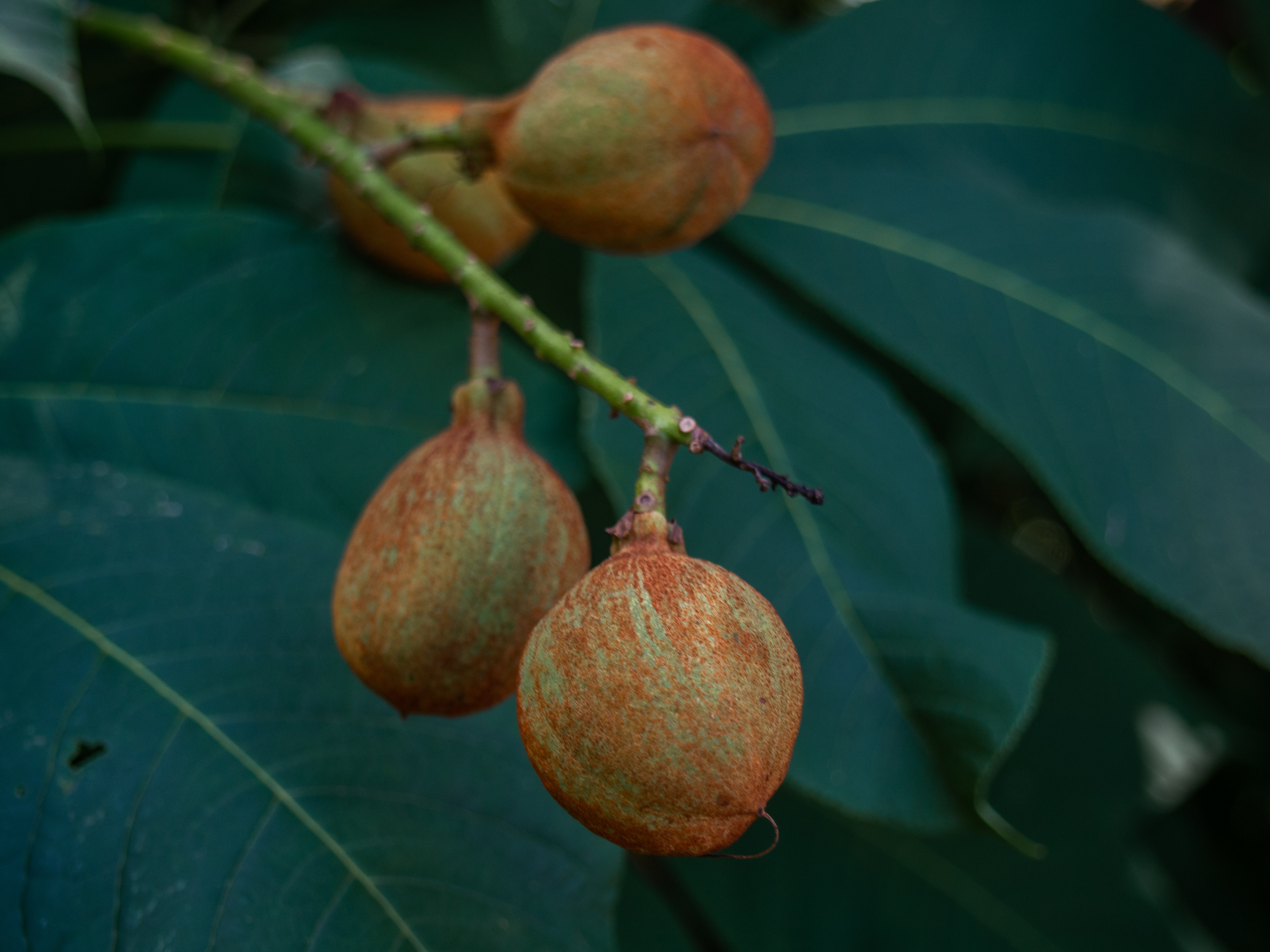
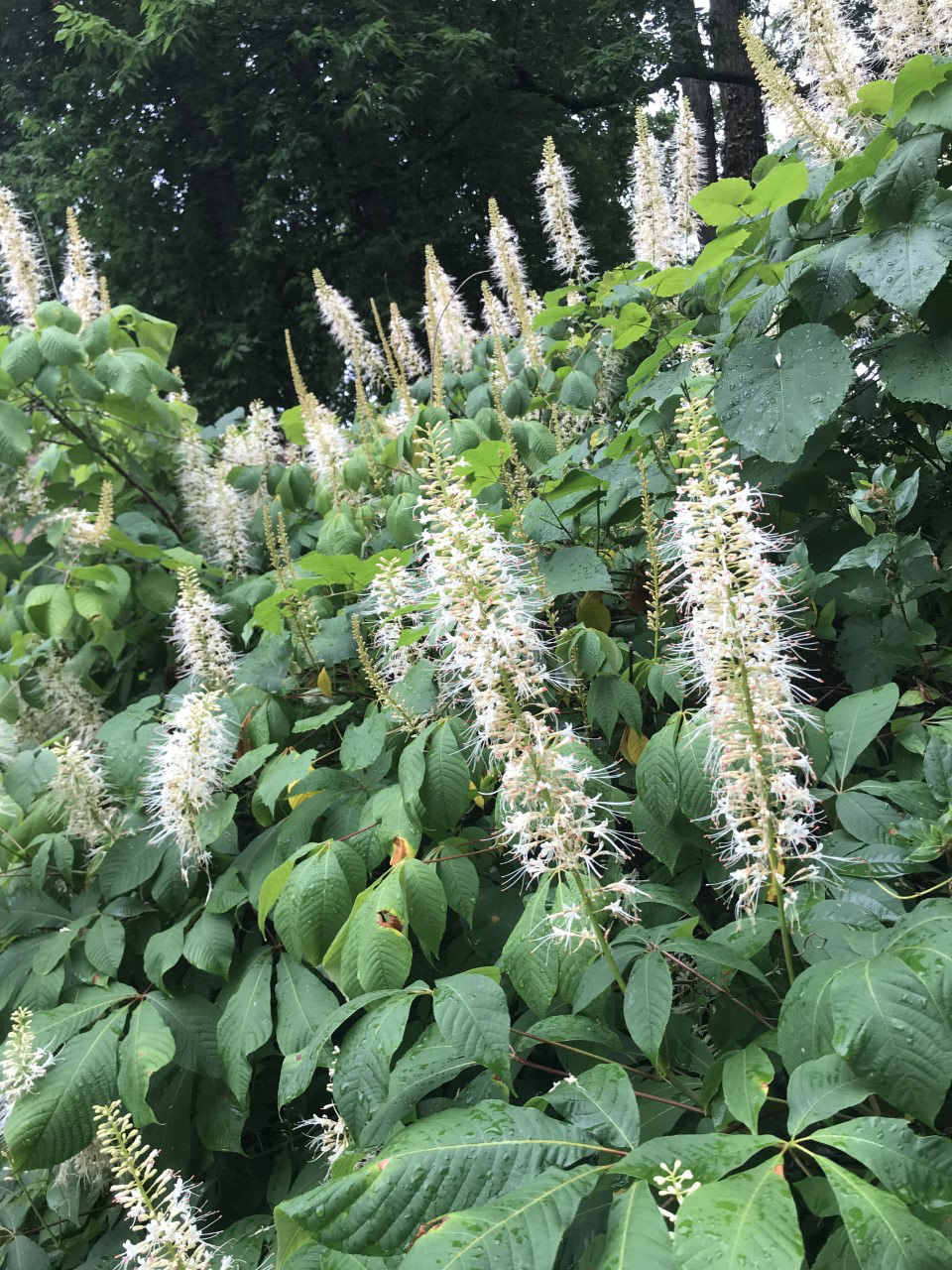
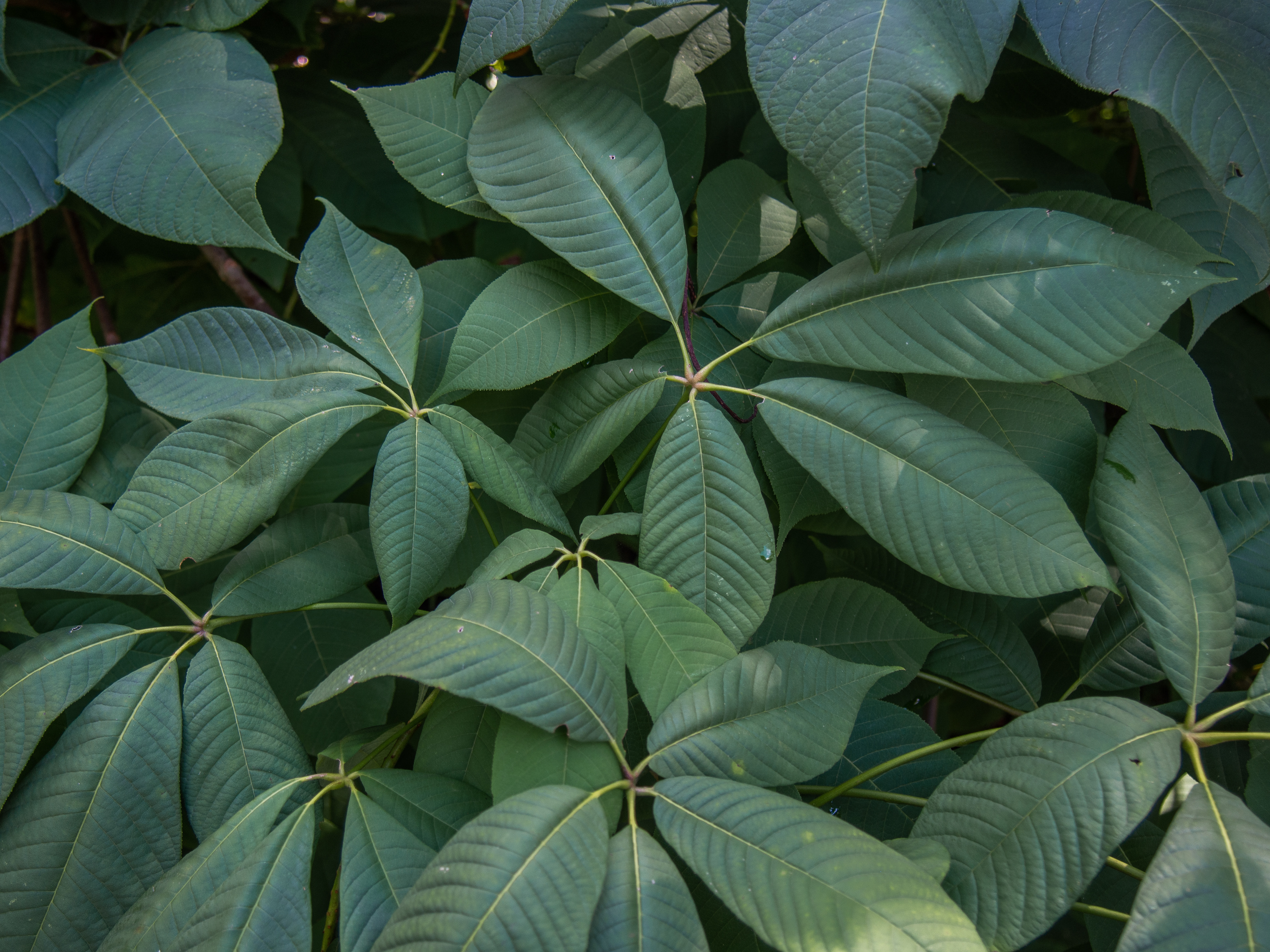

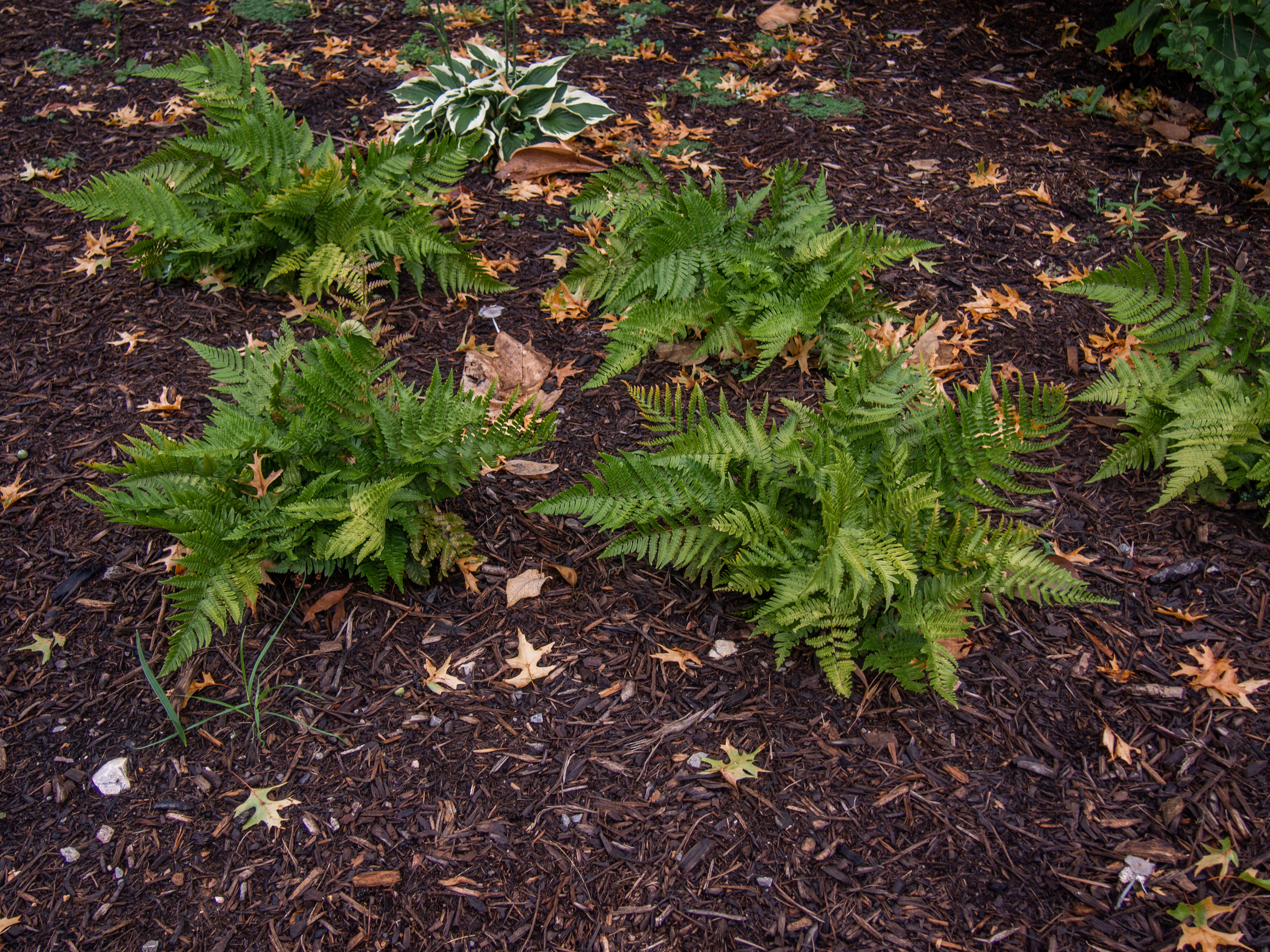

Course Description: This course provides students with an introduction to the use of plant materials in the built environment, drawing upon contemporary approaches to landscape architecture and sustainable landscape design. Practice in these fields increasingly combines ecological and horticultural science with theories of aesthetics to create landscapes that provide ecosystem services in addition to aesthetic value. The course is structured in such a way to provide students with concrete working knowledge - identification and performative characteristics - of approximately 120 plants that are somewhat ubiquitous in the southeast or across the United States with a particular emphasis on plants that are well-adapted to urban situations. In addition to plant identification, the course will provide students with a series of frameworks through which to consider how plants have been or could be utilized, as well as emerging ecological theories such as novel ecosystems.
2024


project by Shadman Mathab and Hina Firdhaus, Fall 2024
2023
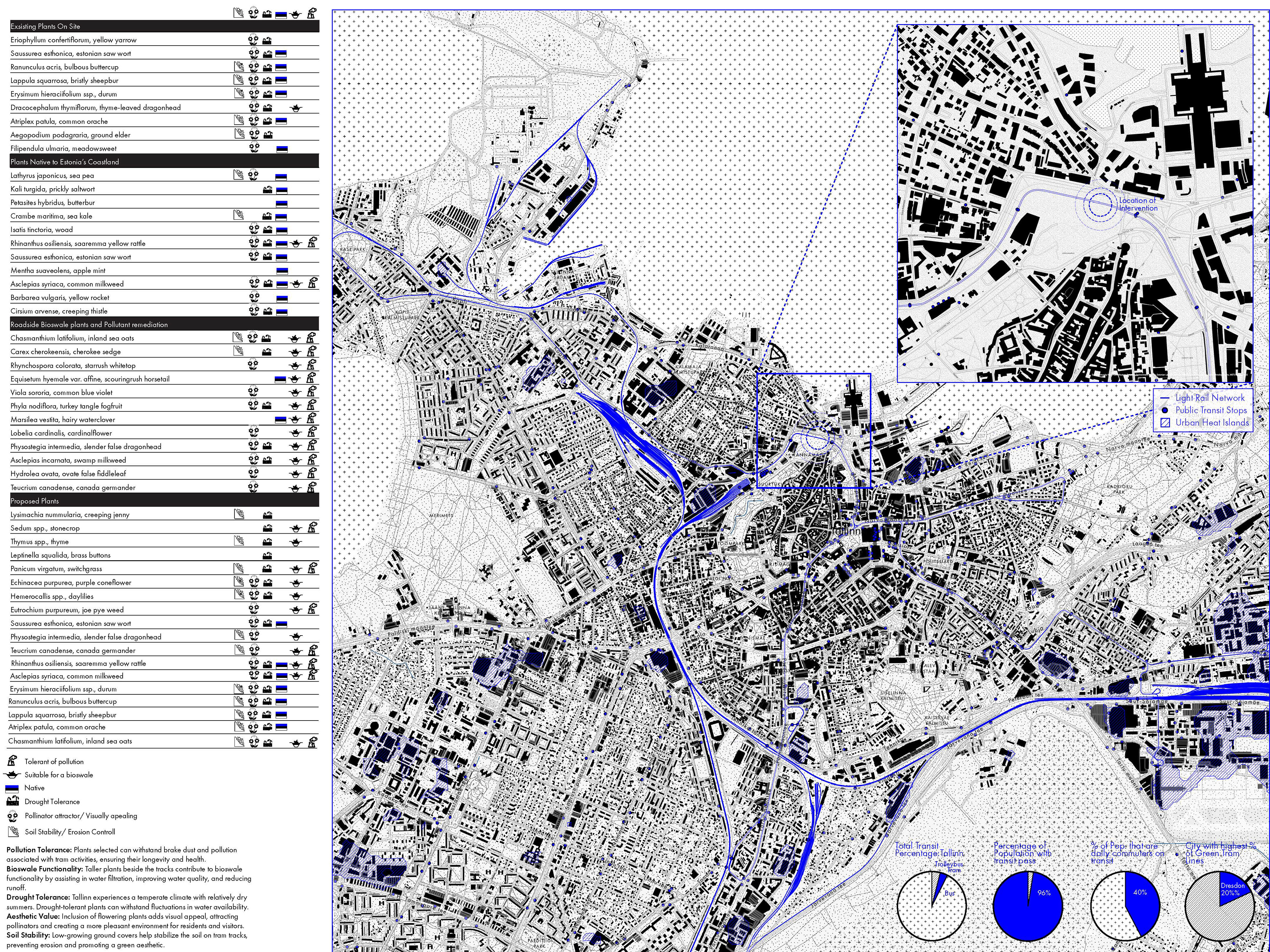
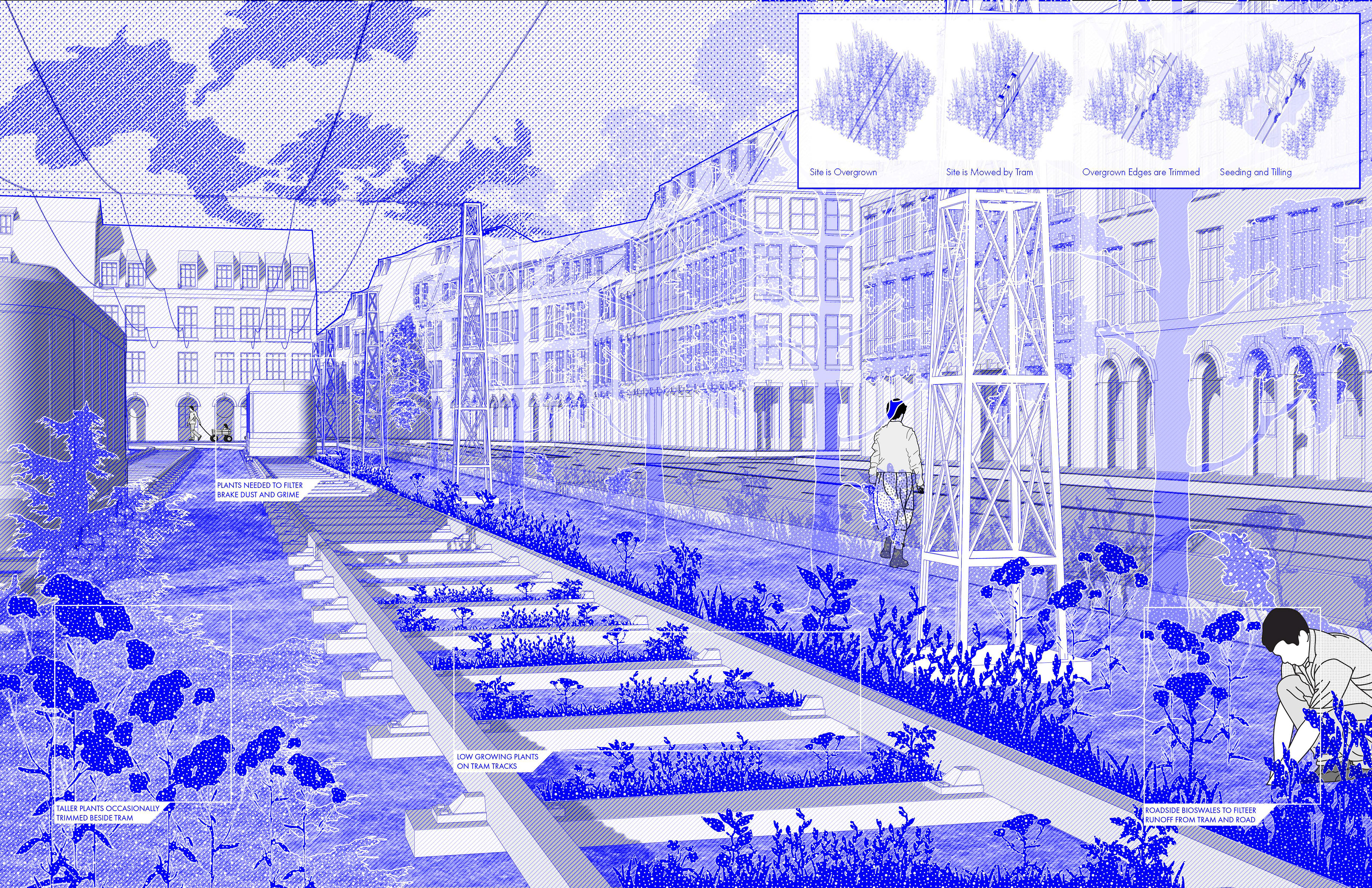
project by Elijah Hale & Selene Rowan, Fall 2023
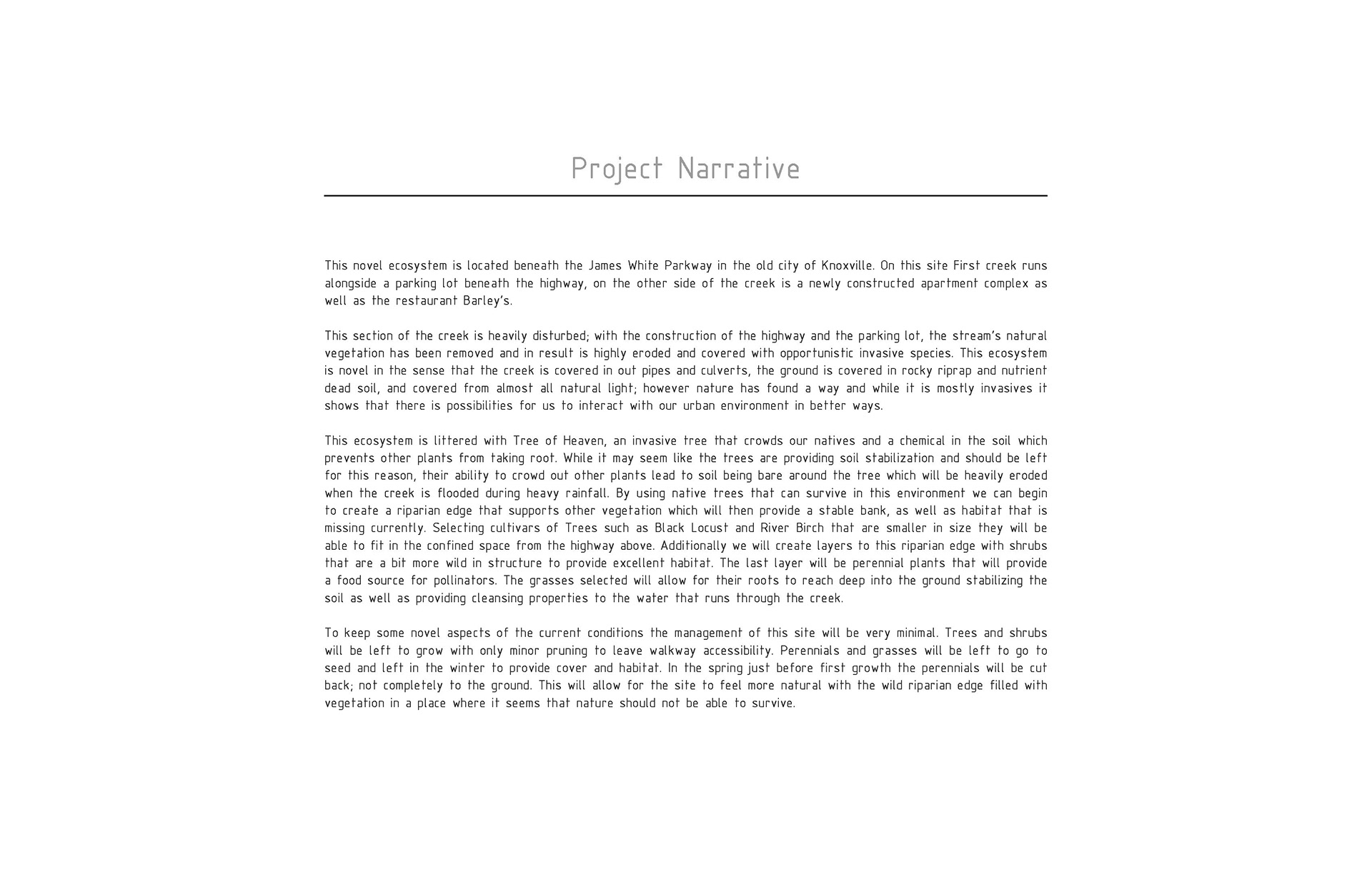
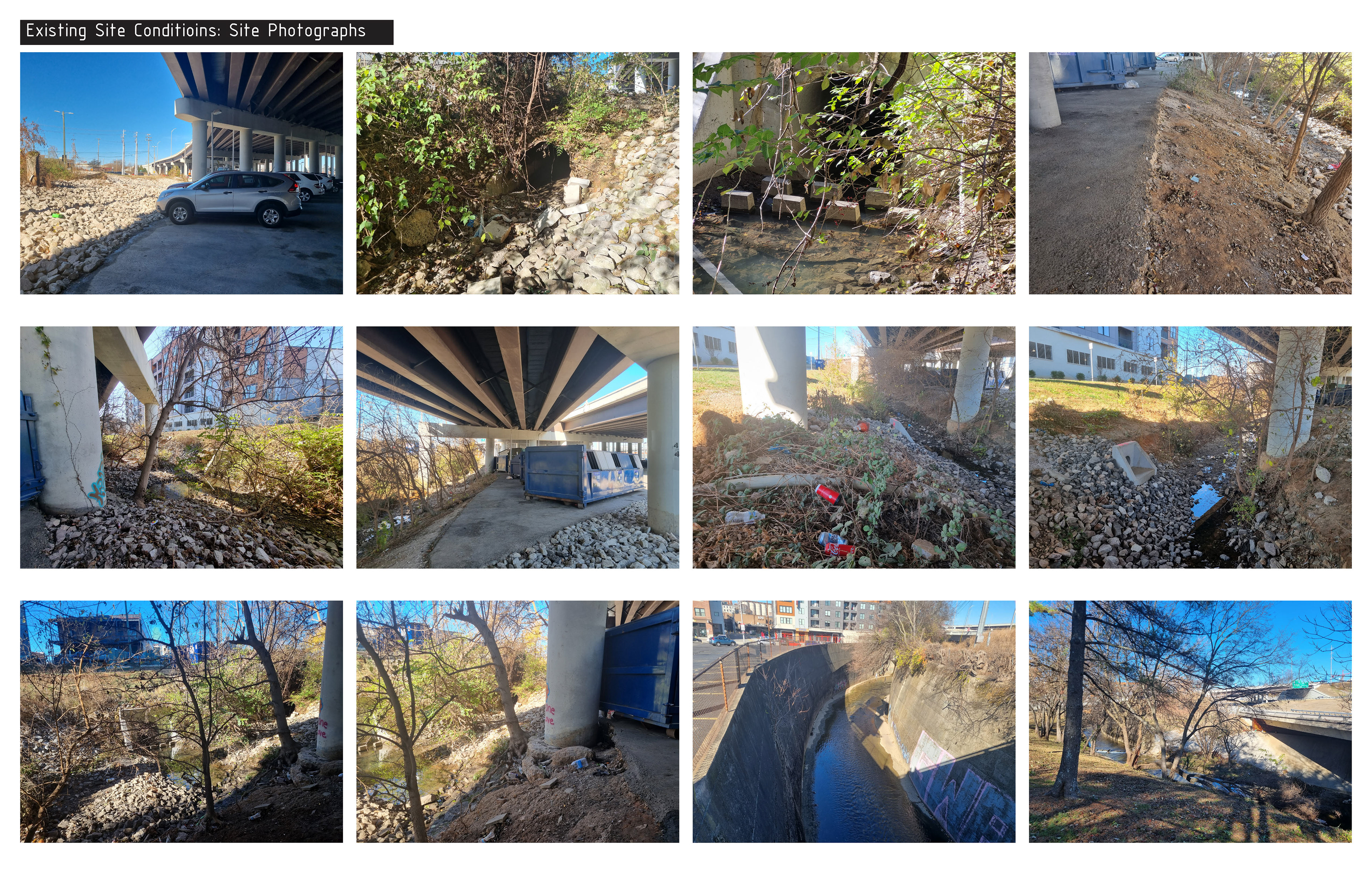
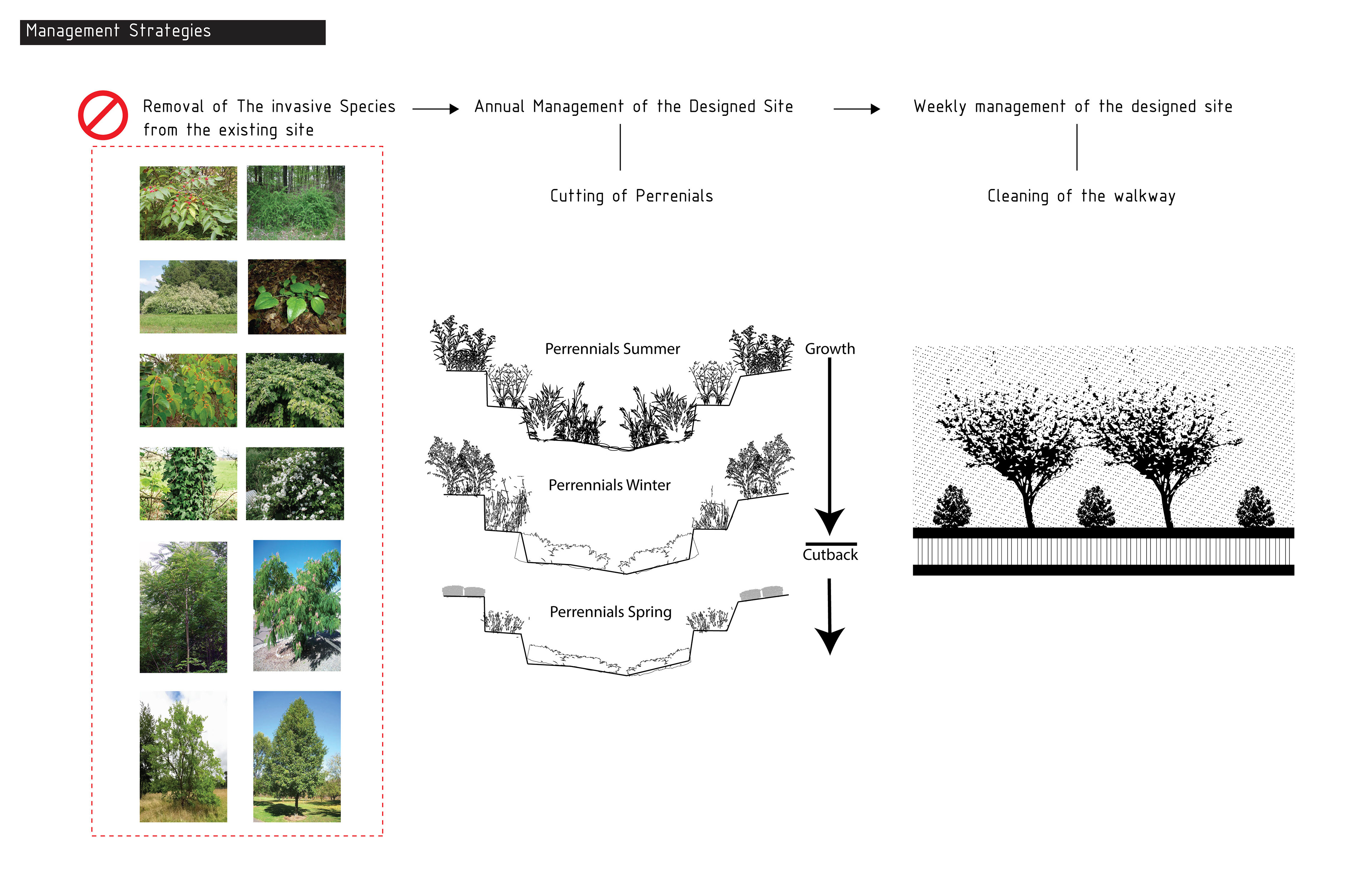
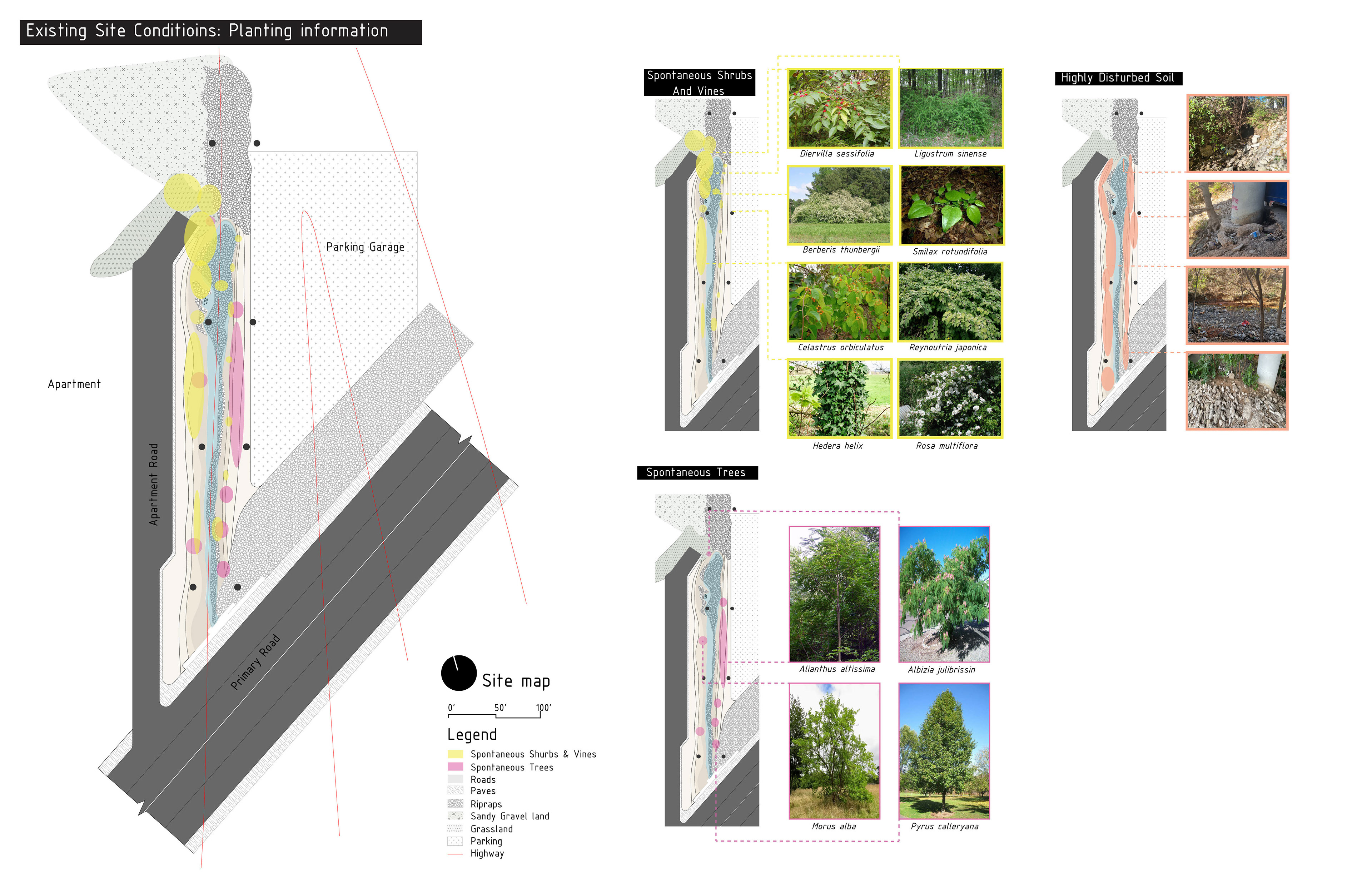
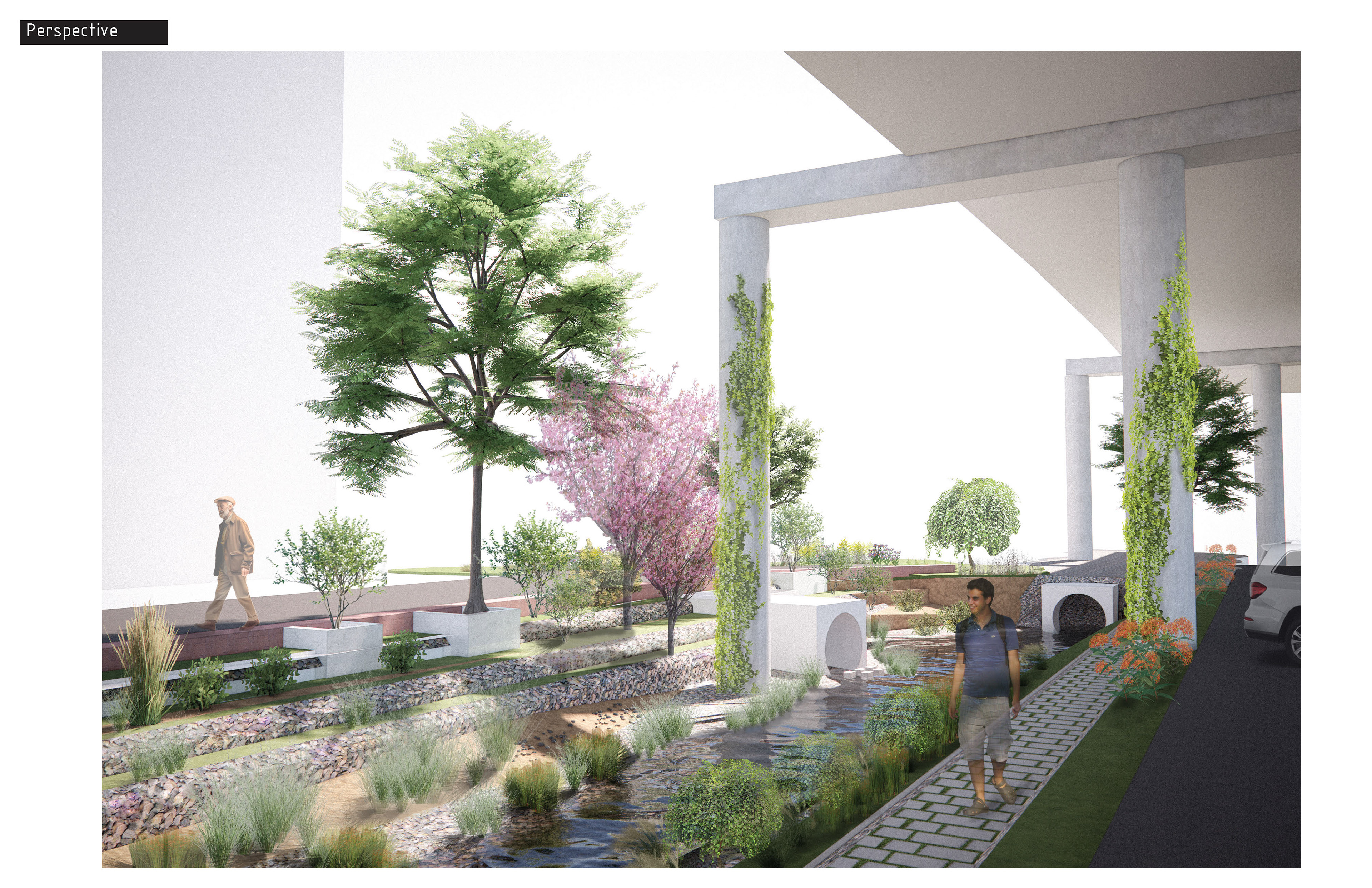
project by Amlan Kumar Dey & Jakob Johnson, Fall 2023
2022
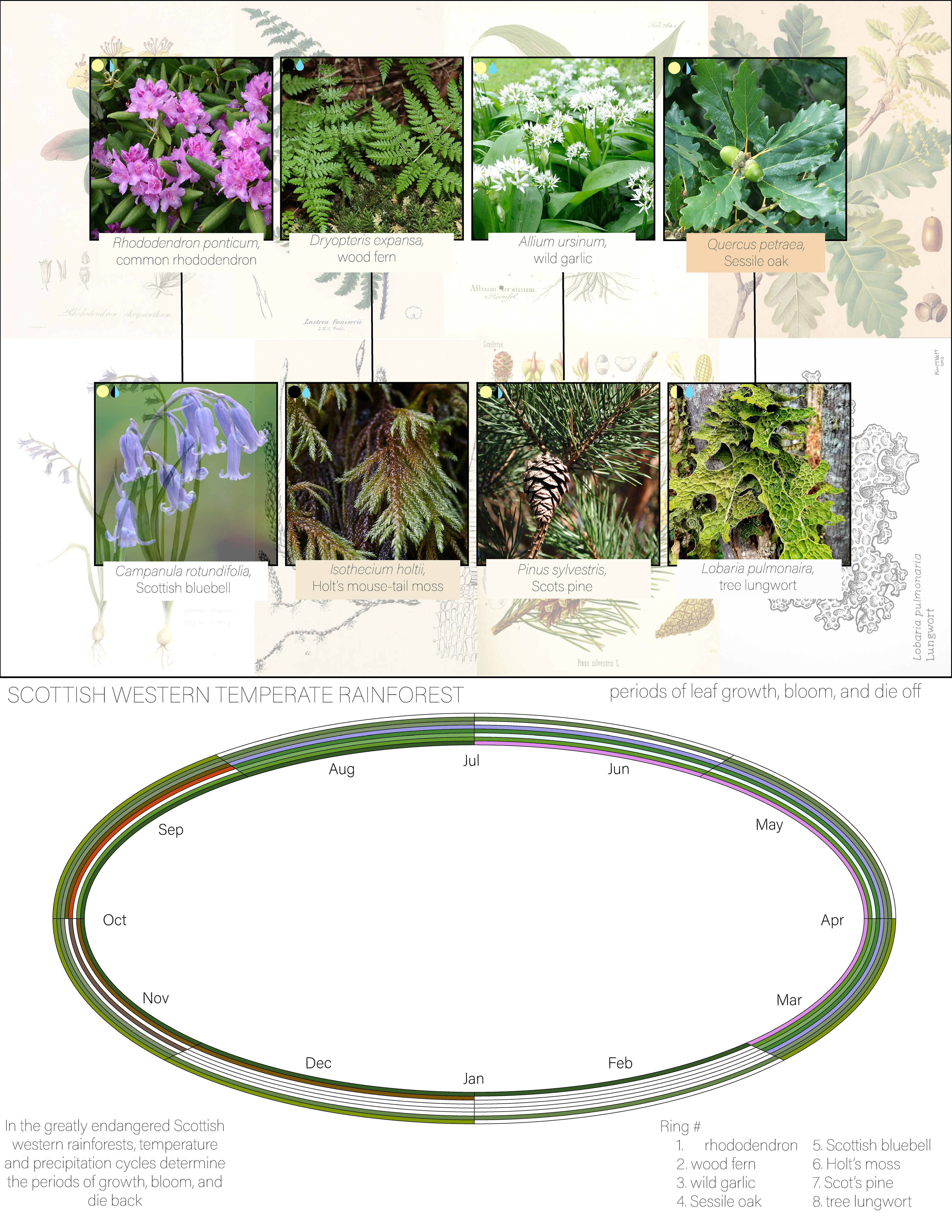
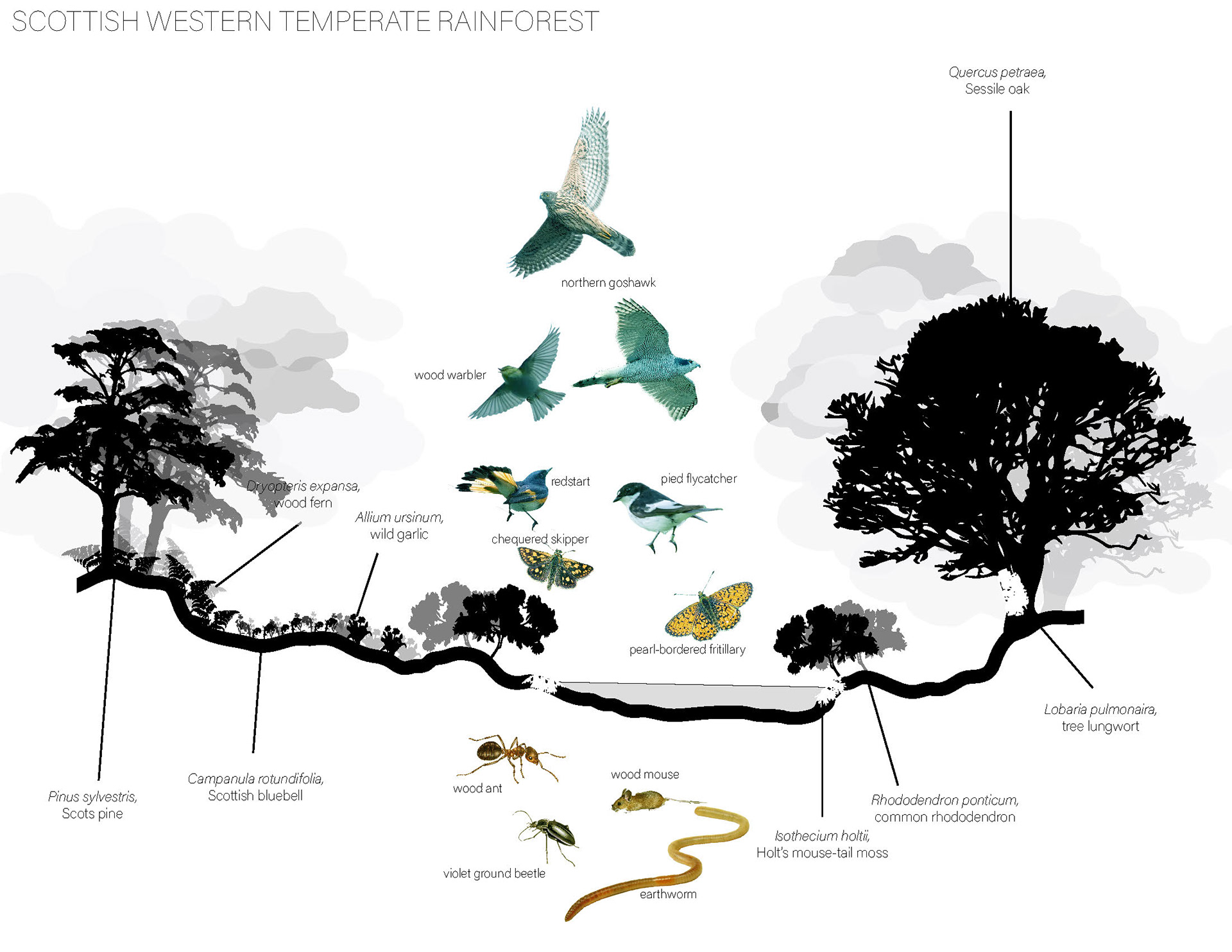
project by Cole Thornton, Fall 2022
project by Kelsey Shockley, Fall 2022
2021
project by Marti Roca Busacker, Fall 2021
project by Maggie Smith, Fall 2021
2019
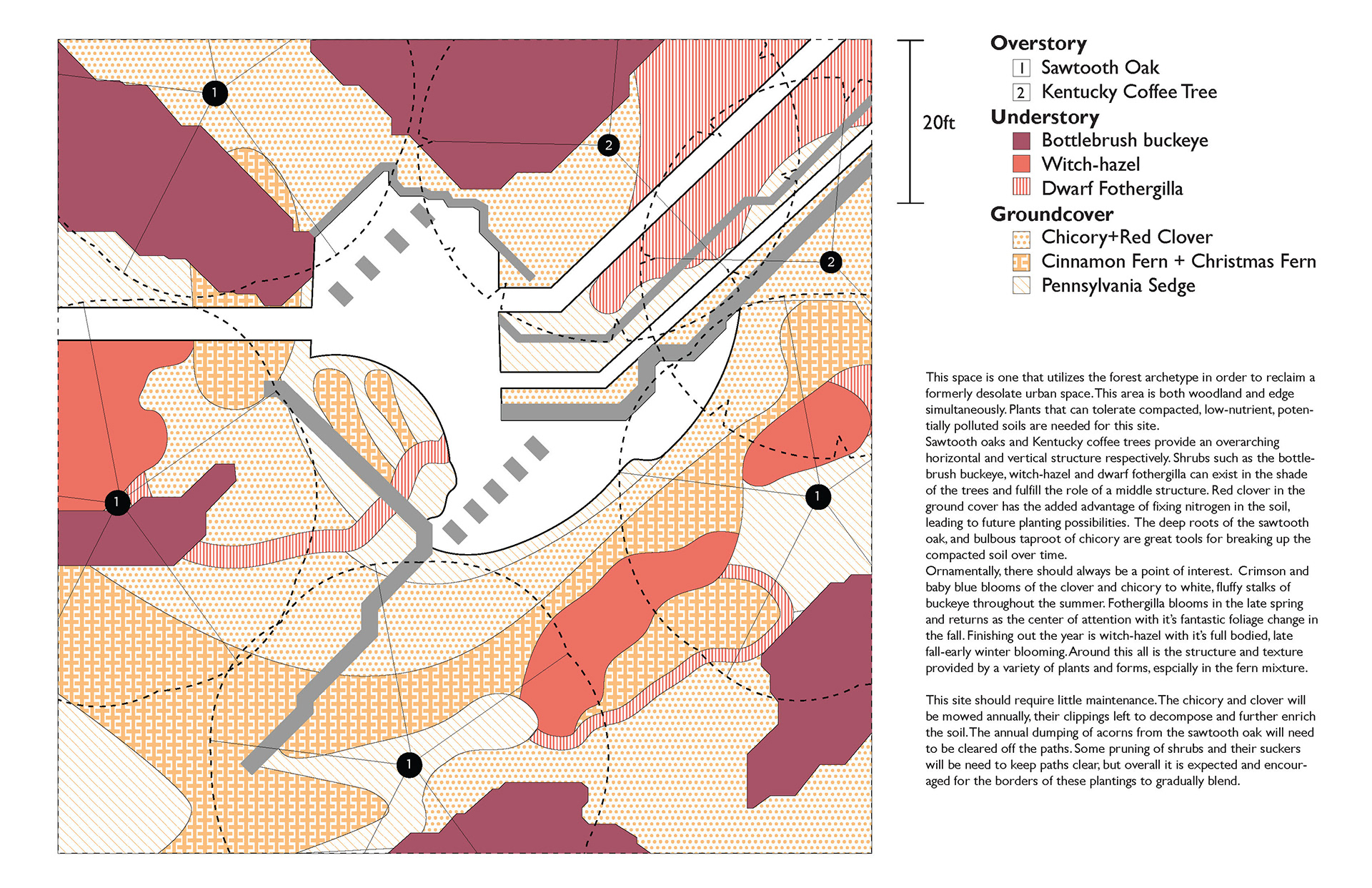

project by Alex Bonner, Fall 2019
Graduate Plant Book
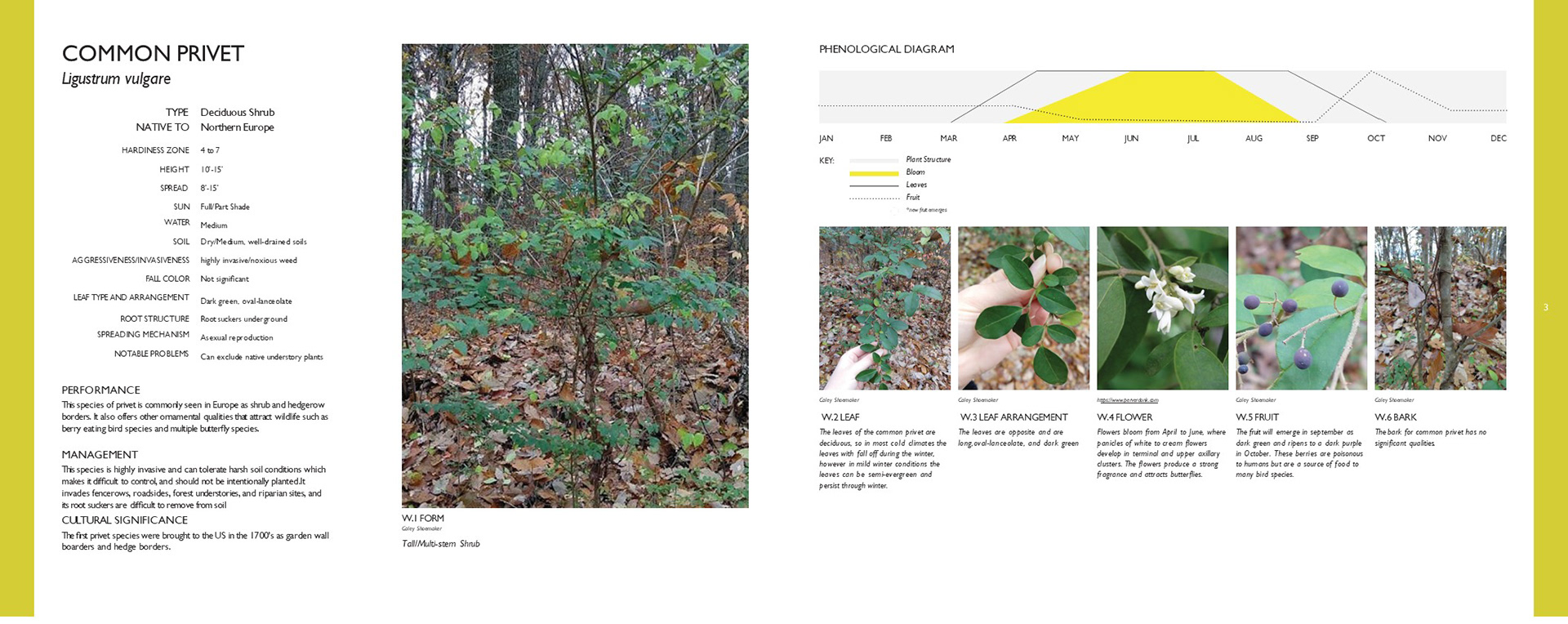
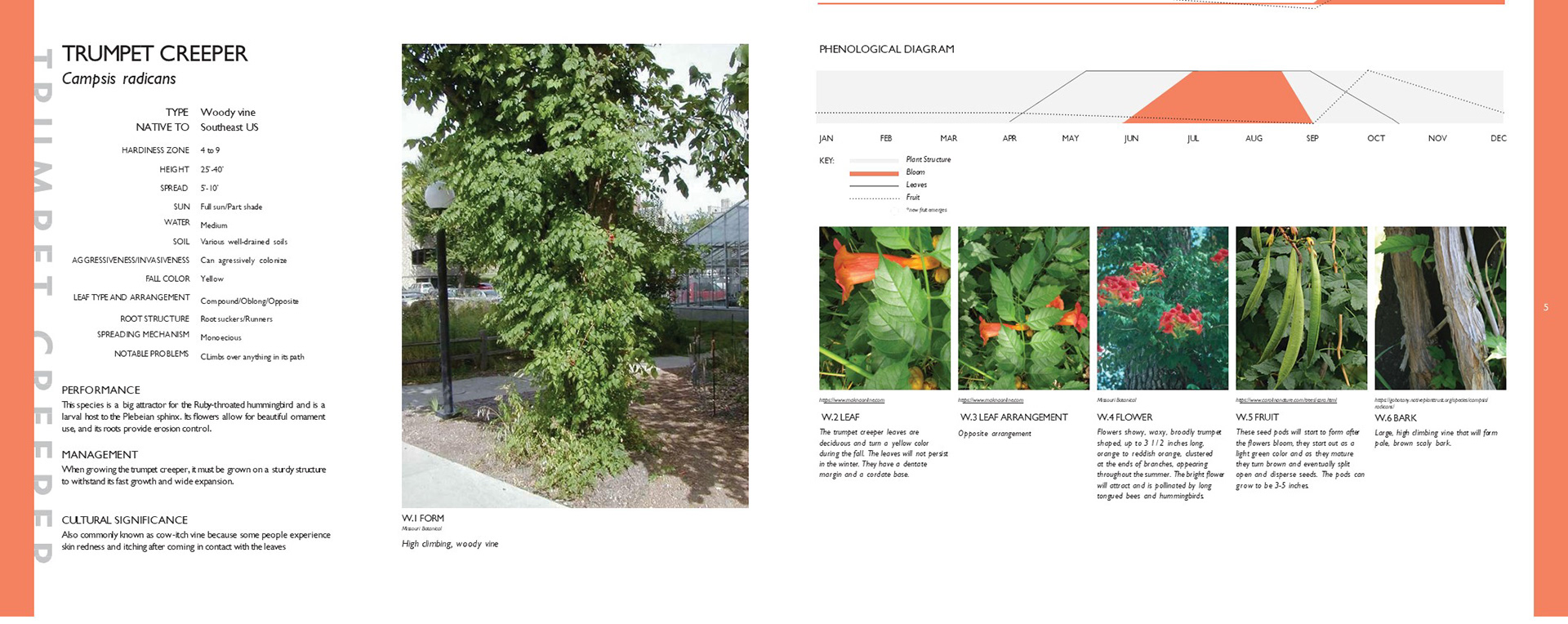
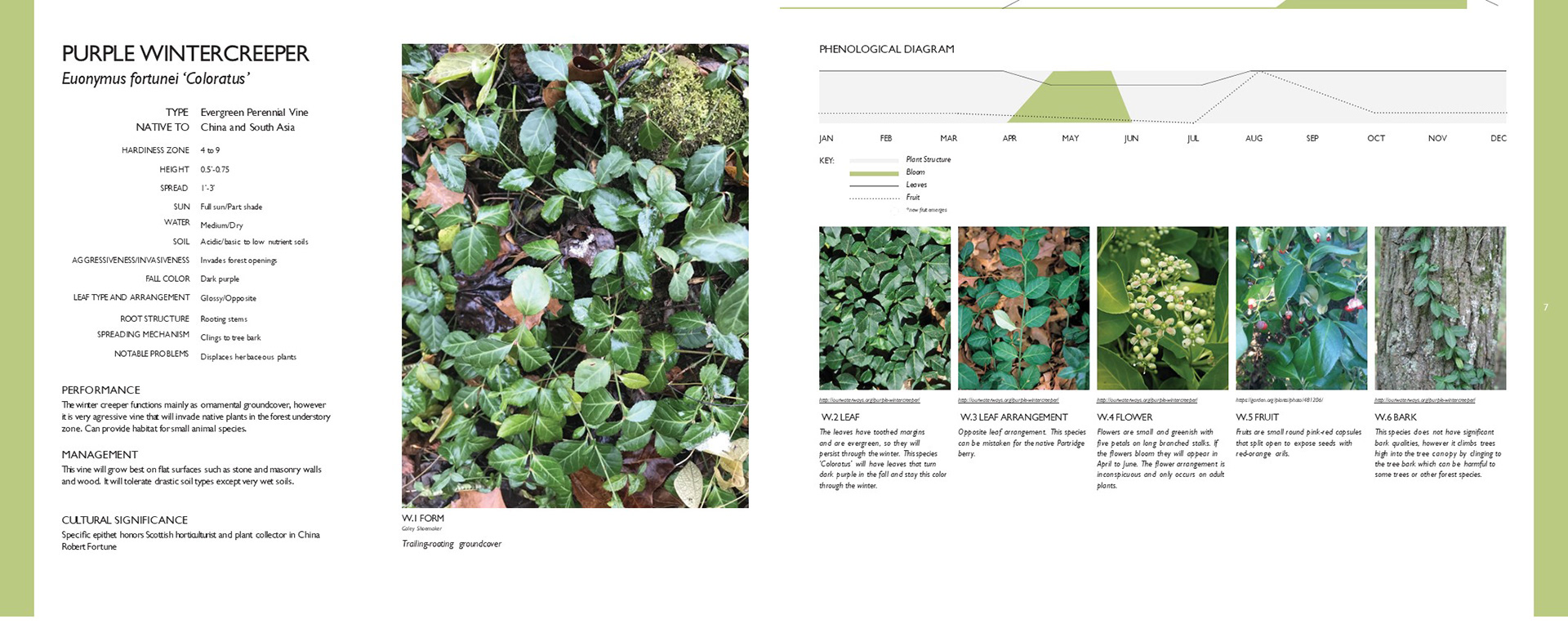
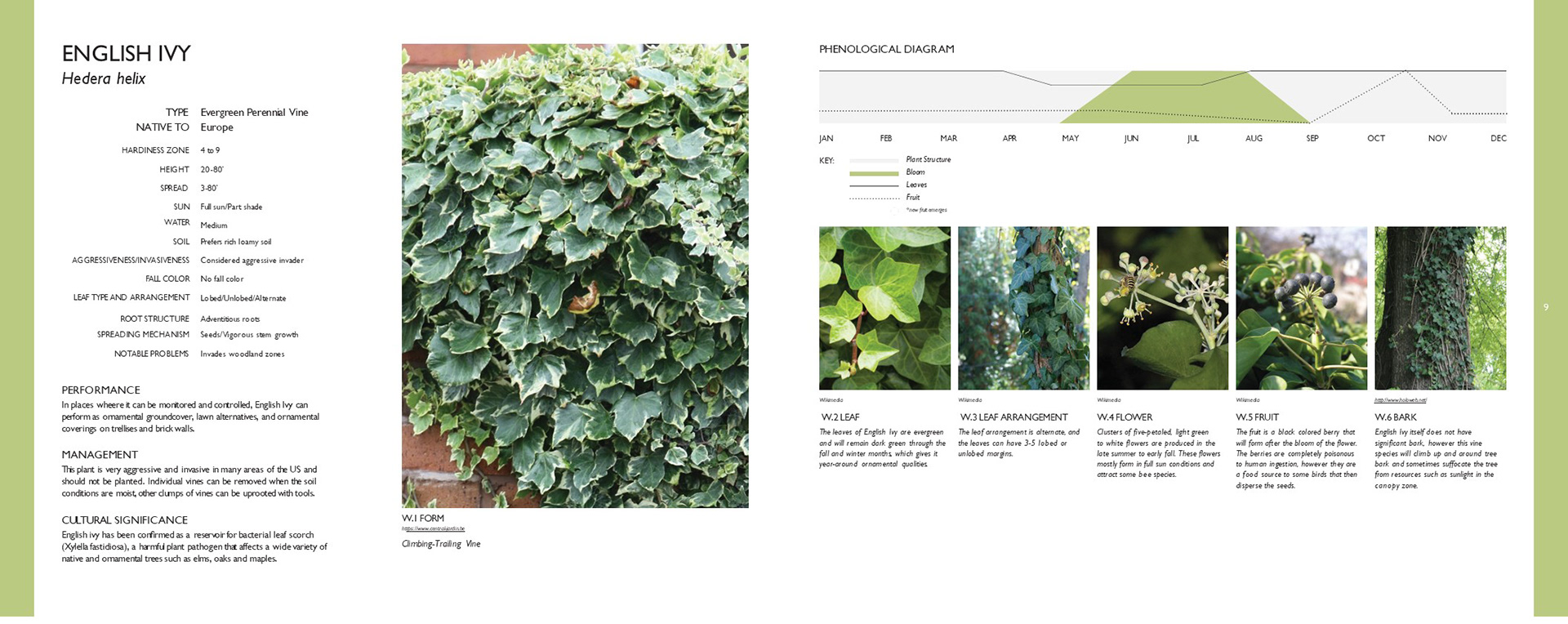
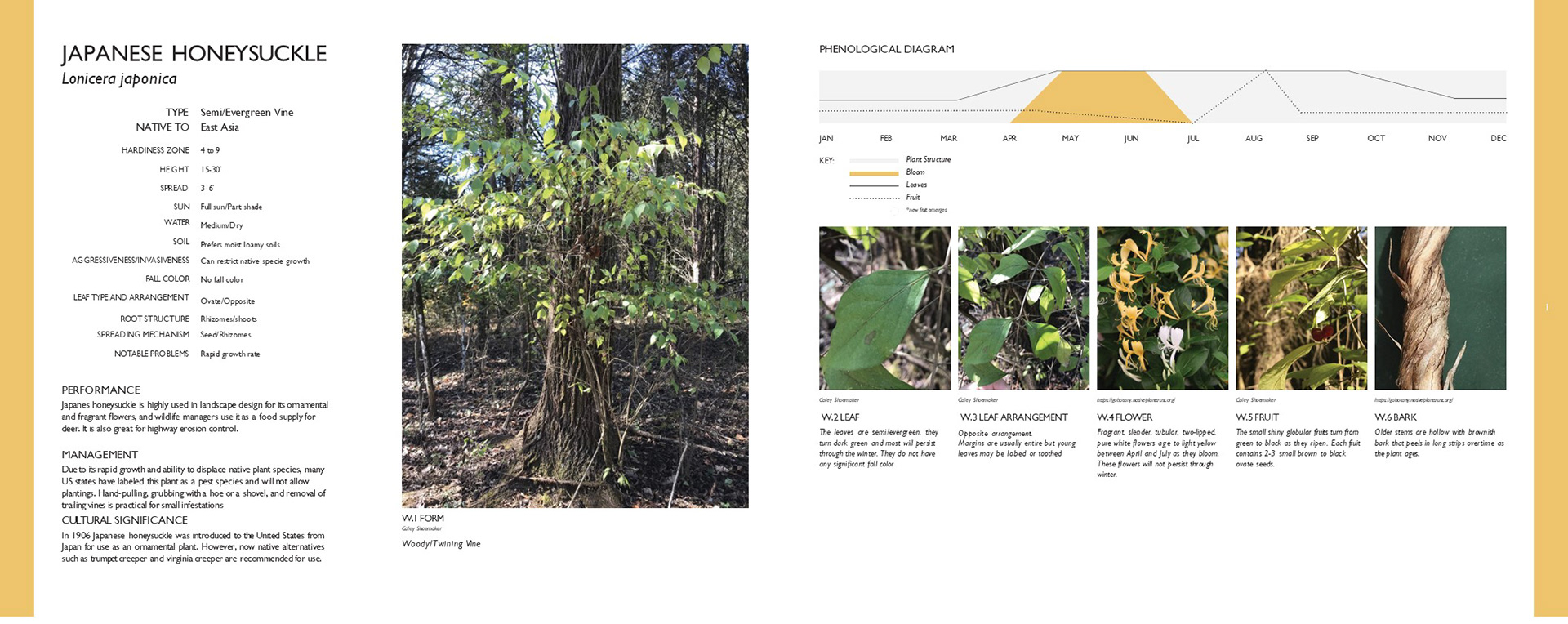

project by Taylor Harrell, Fall 2019